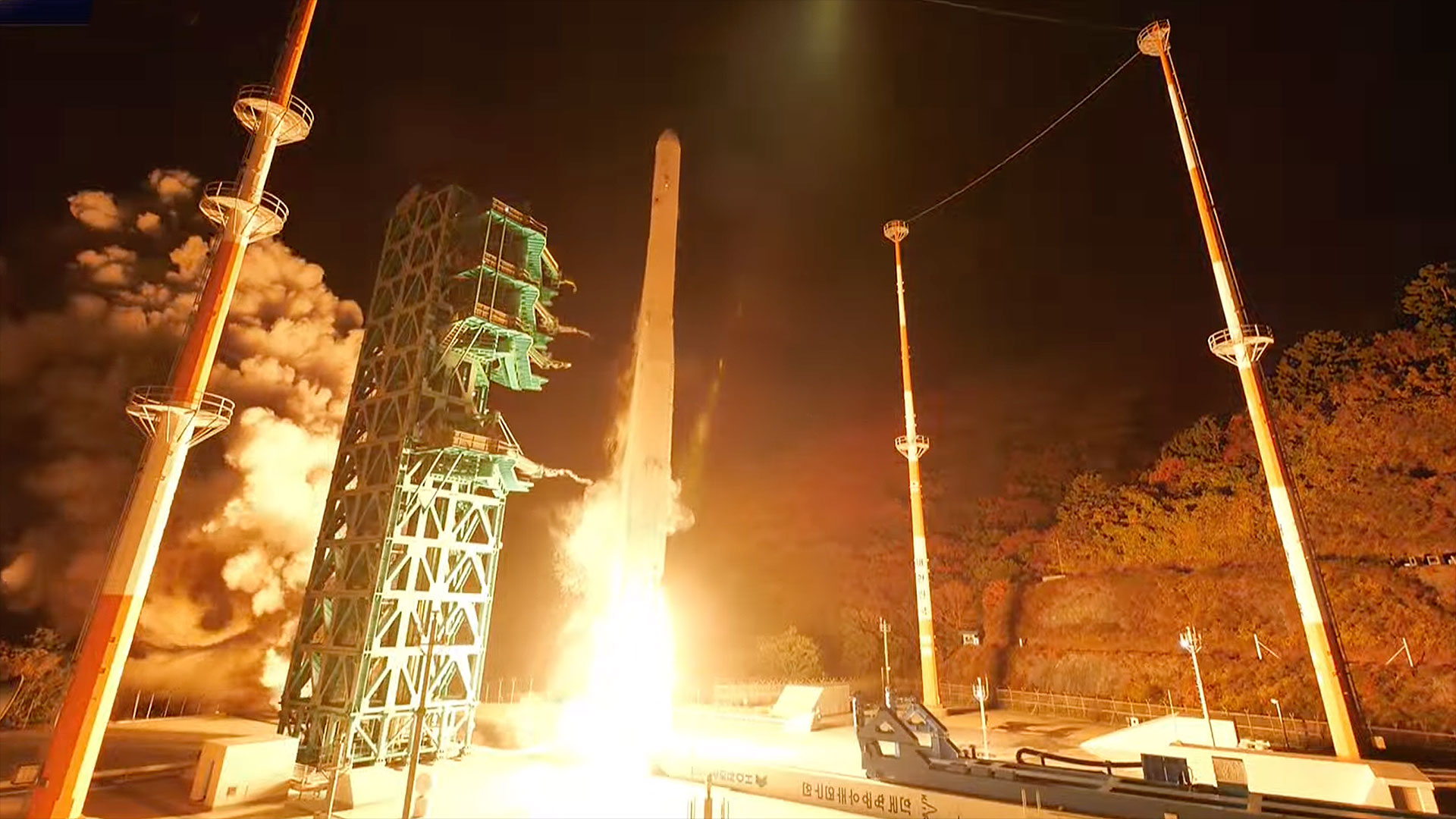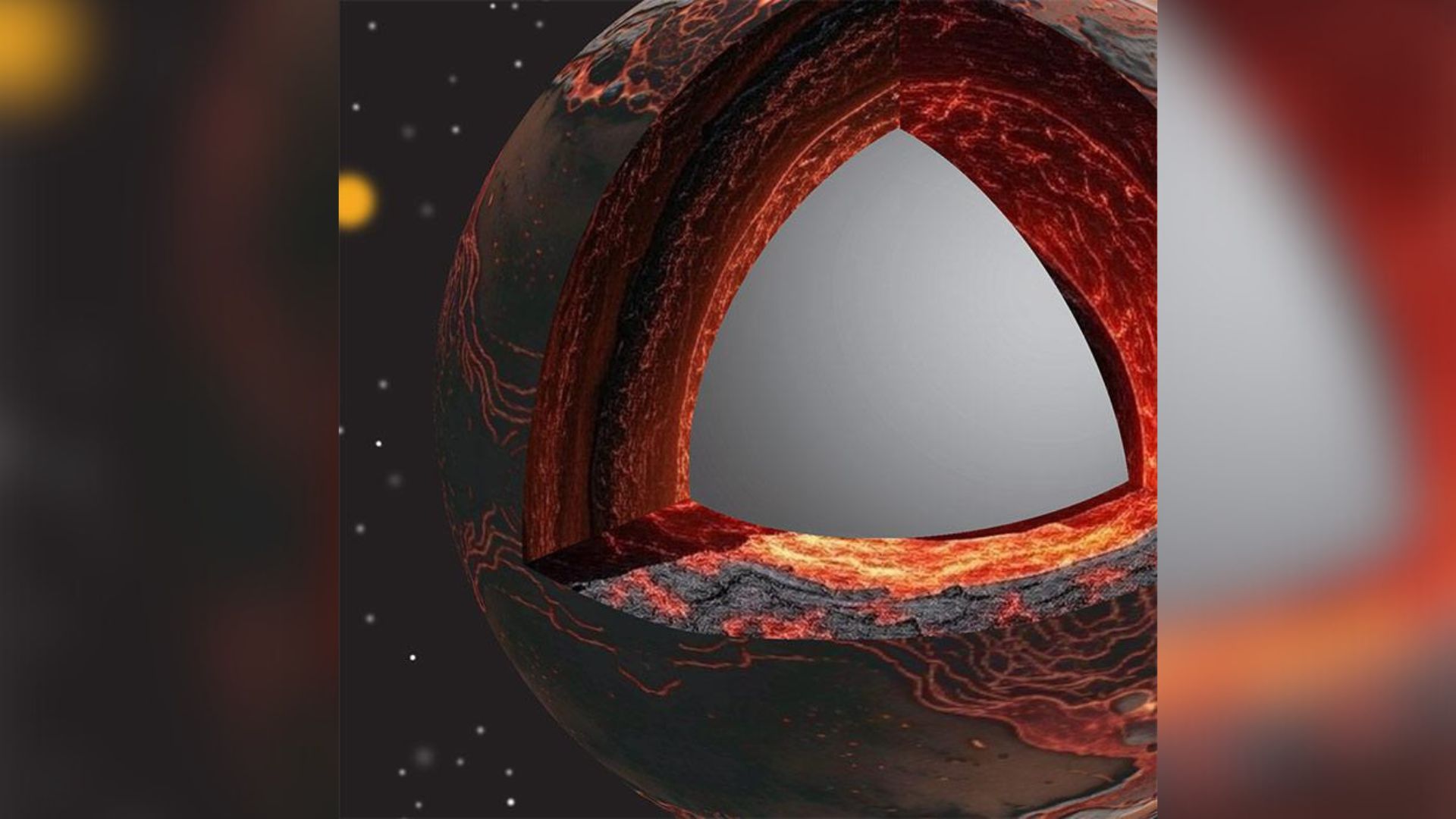South Korea launches Earth-observation satellite on homegrown Nuri rocket
It was the fourth-ever flight for the 155-foot-tall Nuri.

South Korea's Nuri rocket has flown for the fourth time ever.
The homegrown Nuri lifted off from Naro Space Center today (Nov. 26) at 11:13 a.m. EST (1613 GMT; 0113 on Nov. 27 Korea Standard Time).
The 155-foot-tall (47 meters) rocket carried an Earth-observation satellite called CAS500-3 and a dozen ride-along cubesats to orbit.
If all goes to plan, CAS500-3 ("Compact Advanced Satellite 500 3)" will be deployed into a sun-synchronous orbit 373 miles (600 kilometers) above Earth.
Once it's up and running, the 1,100-pound (500 kilograms) satellite will study our planet's auroras and another atmospheric phenomenon known as airglow. CAS500-3 will also measure magnetic fields and plasma, according to a statement from the Korea Aerospace Administration (KASA), which was established in May 2024.
The 12 rideshare cubesats were provided by a range of companies and academic and research institutions and will perform a variety of tasks in orbit.
The three-stage Nuri is the first fully indigenous South Korean orbital rocket. A previous launcher, called Naro-1, reached orbit but employed a modified Russian Angara rocket as its first stage.
Breaking space news, the latest updates on rocket launches, skywatching events and more!
Nuri failed during its debut flight in October 2021 but bounced back with two consecutive successes, in June 2022 and May 2023. Today's launch continued that streak, and was special in other ways as well.
"The fourth launch of Nuri is significant because it is the first launch since the establishment of the KASA and the first launch in which a system-integration company took charge of the overall production and assembly of launch vehicle components and jointly participated in launch operations," KASA Administrator Yoon Young-bin said in the same statement.

Michael Wall is a Senior Space Writer with Space.com and joined the team in 2010. He primarily covers exoplanets, spaceflight and military space, but has been known to dabble in the space art beat. His book about the search for alien life, "Out There," was published on Nov. 13, 2018. Before becoming a science writer, Michael worked as a herpetologist and wildlife biologist. He has a Ph.D. in evolutionary biology from the University of Sydney, Australia, a bachelor's degree from the University of Arizona, and a graduate certificate in science writing from the University of California, Santa Cruz. To find out what his latest project is, you can follow Michael on Twitter.
You must confirm your public display name before commenting
Please logout and then login again, you will then be prompted to enter your display name.
